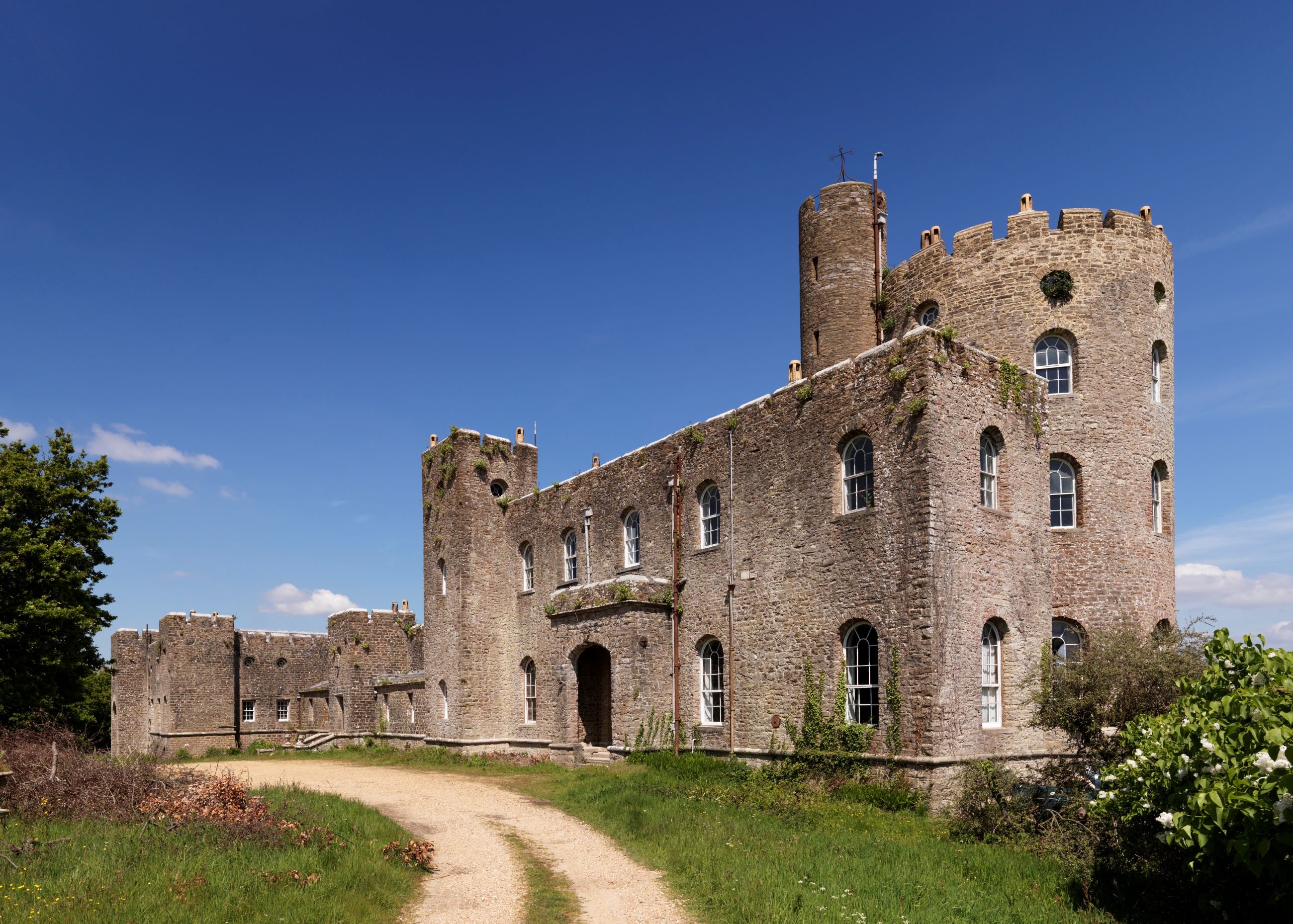Explore our research reports with this map which is an on-going project that allows access to the majority of research reports produced for place-based projects. It covers most types of non-invasive surveys, including scientific analysis, such as tree ring dating and archaeobotany.
Research Reports Roundup May 2023
An overview of additions to our Research Reports Database in February to May 2023.
Climate change reports
Ironbridge Gorge World Heritage Site Pilot Study
Author: Kassandra
Published: 22 February 2023
Climate change has become one of the most significant threats to historic sites and World Heritage properties, including their integrity, authenticity, and their potential for economic and social development at the local level. The Ironbridge Gorge WHS site was chosen as a good example to demonstrate, with an evidence-based pilot study, the connection between the future changes that are likely to affect the overall resilience of the community, the heritage assets, to be able to see the distribution of impacts these changes might have.
Heritage science and dating reports
'Wicken Fen, Cambridgeshire: Wood Identification of the ‘Bog Oak’ at the National Trust’s Visitor Centre'.
Author: Zoë Hazell
Published: 17 April 2023
A sample of an excavated subfossil ‘bog oak’ from Wicken Fen, Cambridgeshire, was analysed to identify its wood type. It was identified as a deciduous Quercus sp. (oak).
Read the report on the Wicken Fen Bog Oak
'7 and 9 Market Street, Chipping Norton, Oxfordshire: Further Dendrochronology and Radiocarbon Wiggle-Matching of Elm and Oak Timbers'.
Author(s): Dr Martin Bridge, Cathy Tyers, A Bayliss, Michael Dee, Sanne Palstra
Published: 13 March 2023
Radiocarbon dating was undertaken on samples from Nos. 7 and 9 to determine whether they were contemporaneous with those from No. 8. This demonstrated that two purlins from No. 7 were felled in cal AD 1386–1408 (95% probability), making them rather earlier than the fabric dated by dendrochronology in No. 8. A further six timbers from these buildings, however, were all probably felled in the early eighteenth-century.
Read the report on 7 and 9 Market Street, Chipping Norton, Oxfordshire.
Built heritage reports
'Murals and the Community Arts in England 1968–86'.
Author: Geraint Franklin
Published: 17 April 2023
This thematic study profiles the murals, particularly painted exterior murals, which were completed in the last quarter of the 20th century as part of the community arts movement.
Read the report on Murals and the Community Arts
'A Delicious Retreat: The Marine Villa and its Setting in England, C. 1760 to C. 1840. A Contextual Study'.
Author: Kate Feluś
Published: 11 April 2023
This study was commissioned to better understand the significance of Norris Castle on the Isle of Wight as a late 18th century marine villa and landscape.
Read the report on the marine villa
'Post-War Gosport (Old Town)'.
Author: Elain Harwood
Published: 01 February 2023
An example of a small town’s bid to provide modern living conditions for its citizens and to alleviate traffic congestion, the story of what most visitors to Gosport see today has never been fully researched and is itself coming under threat. The new housing charts the stylistic evolution of public housing during the post-war period and the limited role played by conservation.
Archaeology reports
'Horn Castle: Watching Brief on Suspected Roman Wall, December 2022'
Author: Tony Wilmott
Published: 13 March 2023
In December 2022 a stone wall was noticed in the section of a water pipe trench immediately south of the known line of the south wall of the Roman defences of Horncastle. It was suggested that this wall was Roman, and possibly the side of a bastion on the Roman wall. The wall was recorded. It proved to be a post-medieval structure constructed using repurposed Roman building material.
Read the report on the watching brief
'Chester Crane Camp, Ord, near Berwick-upon-Tweed, Northumberland: Archaeological Field Survey of a Promontory Fort'.
Author: Dave Went, Rebecca Pullen
Published: 23 February 2023
Chester Crane Camp is a prehistoric bivallate promontory fort on the south bank of the River Tweed, 3.5 kilometres west of Berwick. New earthwork and geophysical surveys, undertaken by volunteers working with Historic England and Wessex Archaeology during winter 2021-22, have provided more compelling evidence for the site’s interpretation as a late prehistoric promontory fort, modified – probably on several occasions – by its prehistoric builders, and certainly much altered by the activities of medieval and later farmers.
Aerial survey reports
'East Cambridgeshire Aerial Investigation and Mapping Project Report'.
Authors: Steve Crowther, Maggi Noke
Published: 14 March 2023
The East Cambridgeshire Aerial Investigation and Mapping project combined the mapping and interpretation of vertical and specialist oblique aerial photographs, as well as airborne laser scanning data (lidar), to identify, map and record archaeological remains dating from the Neolithic to the mid-20th century.
Industrial heritage reports
'Chances Glassworks, Smethwick, Sandwell: Report On Geophysical Survey, March 2022'.
Authors: Neil Linford
Published: 02 February 2023
A Ground Penetrating Radar survey was conducted over accessible areas at Chances Glassworks, Smethwick, Sandwell, to locate and determine the likely survival of any remains associated with industrial glass making at the site.





